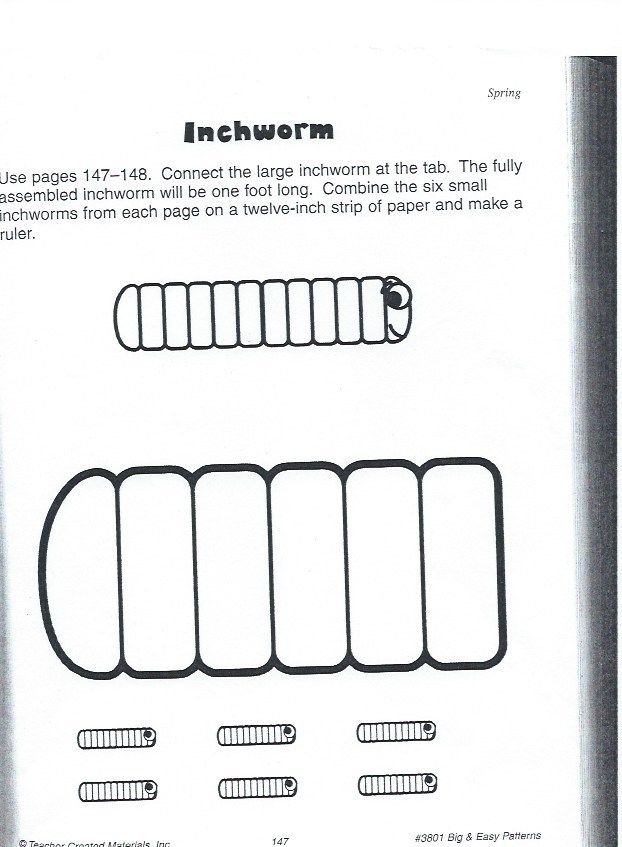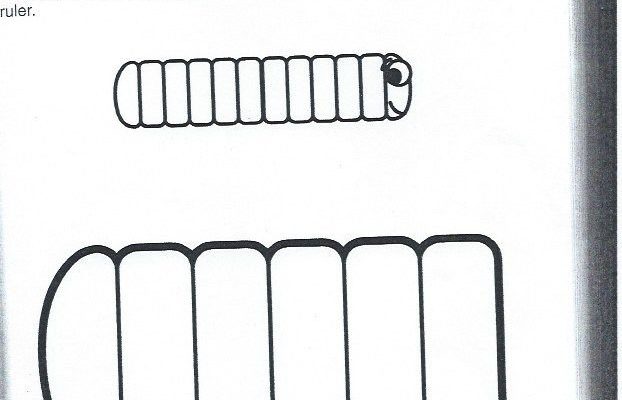
Now, you might be wondering how to approach documenting the behavior of these fascinating critters. It’s not just about counting how many you see or where you find them. It’s about diving deeper—thinking about what makes them tick, how they interact with their environment, and how you can capture that for your project. So, grab your notebook and let’s explore the step-by-step process of observing and documenting inchworm behavior in a way that’s engaging and informative.
Why Study Inchworms?
Before we jump into the nitty-gritty of documentation, let’s take a moment to think about why inchworms are worth studying in the first place. These little guys play a crucial role in many ecosystems. They help control plant growth and serve as food for various birds and insects. Observing their behavior might give you insight into their life cycle, their predation, and even plant-animal interactions.
Inchworms are fascinating not just for their role in the food chain but also for their unique movement. The way they inch along by contracting and stretching their bodies is something you won’t see in most other caterpillars. By documenting this behavior, you can contribute to a greater understanding of their life processes, which could be valuable for both science and agriculture.
By studying and documenting these critters, you not only learn about them but also gain skills in scientific observation and record-keeping. It’s a win-win—science is all about curiosity and discovery, after all!
Setting Up Your Observation Site
To start documenting inchworm behavior, you’ll need to choose the right place for your observations. Ideally, look for areas where you’ve spotted inchworms before. Gardens, parks, and forests are great because they provide plenty of plant diversity, which is crucial since inchworms love to munch on leaves.
Make sure you choose a spot that’s easy to access but also offers some cover. You want to minimize disturbances from wind and people. A patch of foliage where inchworms might be hiding is perfect. Find a comfortable spot to sit quietly with a good view of the plants. **Patience is key** here—give yourself time to soak in the surroundings. You might want to use a notebook or a digital device to take notes.
Also, consider the time of day you’ll be observing. Some insects are more active in the morning or late afternoon. Try to time your observations when inchworms are most likely to be moving around.
Documenting Movement Patterns
Once you’ve settled into your observation spot, it’s time to focus on documenting how inchworms move. The classic “inchworm” movement involves a series of contractions and extensions that might look a bit like a wave or a dance. Here’s how to capture this behavior effectively:
1. **Observation Time:** Set a timer for 15–30 minutes for each observation session. This allows you ample time to witness different movements.
2. **Record the Path:** Watch closely and note down the path they take. Do they prefer to move up the leaves, crawl down the stems, or hang out on the ground? It can be helpful to sketch the route or take photos.
3. **Behavioral Notes:** Pay attention to when they stop and what they seem to be doing. Are they feeding, resting, or perhaps interacting with other inchworms? Documenting these behaviors can add depth to your project.
4. **Environment Interaction:** Take notes on how inchworms react to their surroundings. For instance, do they hide when a breeze rustles the leaves? Do they change directions when disturbed? Observing their responses to external factors can provide fascinating insights.
This clear documentation of movement patterns will not only add depth to your project but also help reinforce scientific ideas about adaptation and behavior.
Documenting Feeding Habits
Feeding is another crucial aspect of observing inchworms. Since they’re known for their munching, pay close attention to what leaves they go for and how they consume them. Here’s a straightforward approach to document feeding habits:
1. **Leaf Selection:** Take notes on which plants or types of leaves inchworms gravitate toward. Are they favoring healthier leaves or do they go for any available option? Is there a specific plant they prefer?
2. **Feeding Techniques:** Watch how they eat. Do they take small, cautious bites or do they have a more aggressive feeding style? Documenting the different techniques can provide insights into their dietary habits.
3. **Time Spent Eating:** Track how long they spend feeding on different leaves. This can reveal their preferences and might be connected to leaf health or nutrient content.
4. **Interaction with Other Species:** Keep an eye out for how inchworms interact with other insects while feeding. Do they have to compete for leaves, or do they seem to avoid other creatures entirely? Documenting these interactions can enrich your understanding of their feeding behavior.
By closely observing feeding habits, you’ll not only gather valuable data but also develop a deeper appreciation for how these small creatures contribute to their ecosystem.
Creating Visual Records
A picture is worth a thousand words, right? Creating visual records of your observations can make your project stand out. Here are some ideas for effective visual documentation:
1. **Photography:** Snap photos of inchworms in action, especially while they’re moving or feeding. Use a smartphone or a camera—just make sure you have good lighting. Try to capture different angles and behaviors.
2. **Sketching:** If you enjoy drawing, consider sketching the inchworms and their surroundings. This can help you pay close attention to physical details that may not come through in photos.
3. **Charts and Graphs:** As you gather data, think about how you can visually display it. For example, a simple chart showing the types of leaves eaten or a graph detailing movement patterns can make your findings clearer.
4. **Combine Media:** Don’t hesitate to mix different visual media—photos, sketches, and charts can all complement your written observations, helping to create a cohesive and engaging project.
Visual records can add a rich, compelling layer to your documentation and make it much easier to present your findings.
Analyzing and Presenting Your Findings
Once you’ve collected all this fascinating data, it’s time to analyze and present your findings. Here’s how to summarize your work effectively:
1. **Organize Your Data:** Start by sorting your notes into categories—such as movement patterns, feeding habits, and environmental interactions. This will help you identify trends and important insights.
2. **Create a Narrative:** Frame your observations in a narrative format. You might start with your hypothesis about inchworm behavior, followed by your observations, and then conclude with what you’ve learned.
3. **Use Visuals Wisely:** Incorporate your photos, sketches, and charts in a way that supports your narrative. Make sure each visual has a clear purpose and enhances your findings.
4. **Practice Your Presentation:** If you’ll be sharing your project with others, practice delivering your findings. Engage your audience by sharing interesting anecdotes from your observations, highlighting the quirky behaviors you noticed.
Presenting your findings in an organized, engaging manner will not only help others understand your work but also showcase your effort and insights into these delightful creatures.
Closing Thoughts
Documenting inchworm behavior for a science project can be a rewarding experience. Not only do you get to observe these creatures up close, but you also learn valuable scientific skills along the way. Whether it’s tracking their movements, noting their feeding habits, or creating visual records, each step offers a chance to dig deeper into the life of inchworms.
Remember to be patient and enjoy the process. Nature has a lot to teach us, and observing inchworms is just one of the many fascinating journeys you can embark on. So, grab your notebook and start documenting—who knows what insights you might uncover about these little inching wonders!

